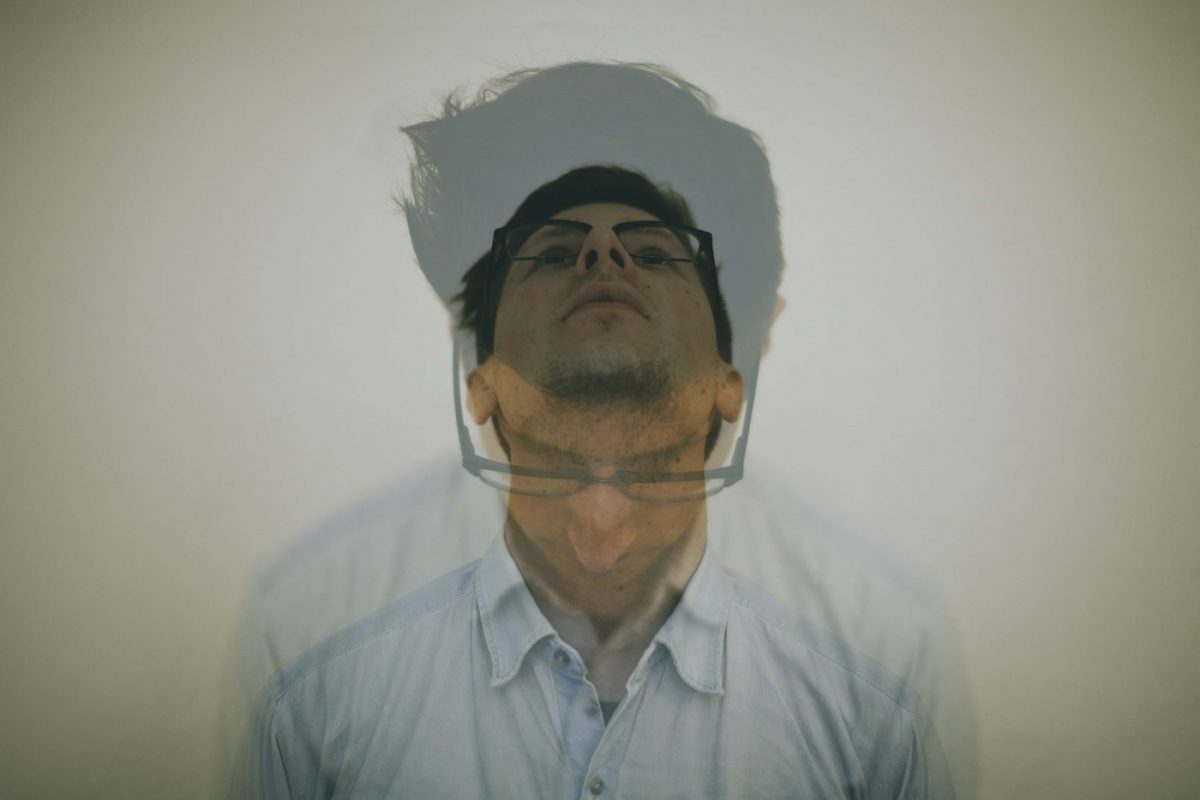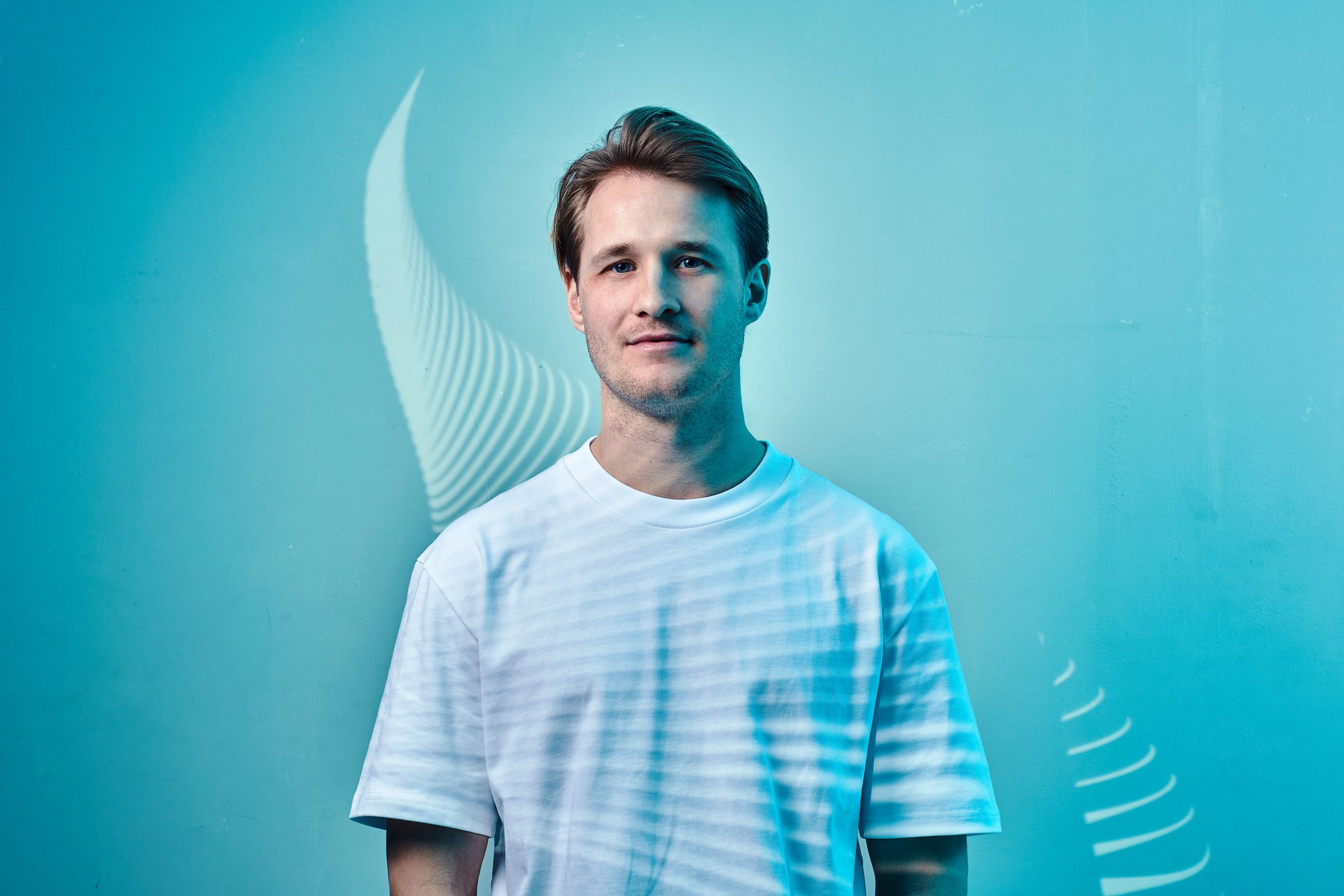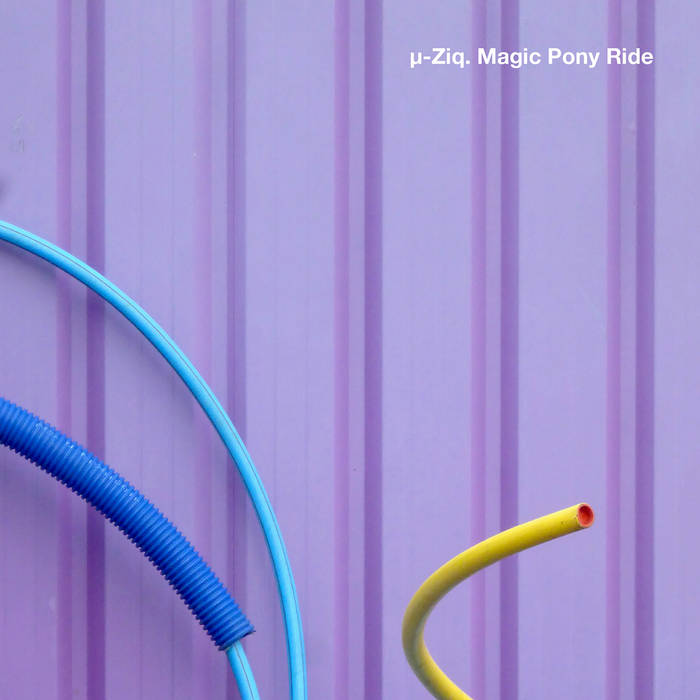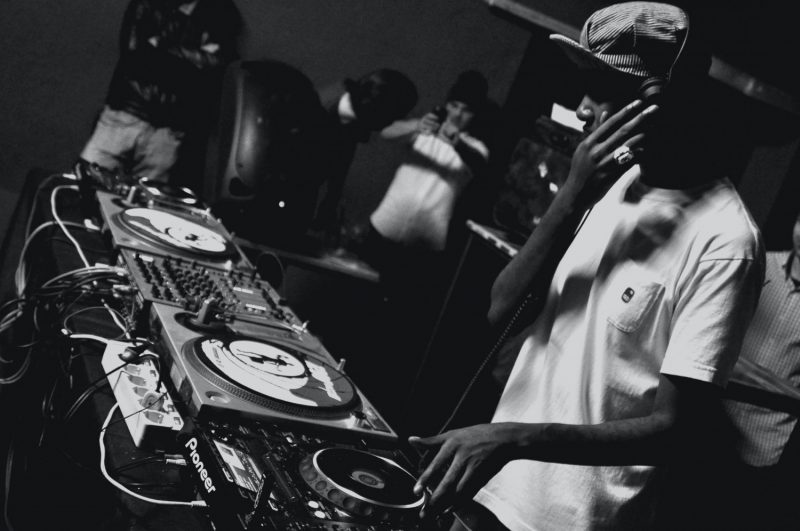In conversation with Teen Daze
Interview by Shannon Lawlor
Jamison Isaak, aka Teen Daze is an electronic musician and producer hailing from Abbortsford, British Columbia. Teen Daze’s music could be best described as electronic, beat driven, atmospheric pieces that play out more like films rather than songs, with the inclusion of often explored paths such as chillwave, pop or ambient textures. Originally signed to Lefse, Teen Daze has gone on to release music through prominent labels such as Paper Bag Records and Plancha, and has more recently birthed his own imprint, Flora – an entity for which he has issued Teen Daze material, as well a solo endeavour titled EP1 released under his given name, Jamison Isaak.
With an already impressive, extensive back catalogue behind him, since 2010 Teen Daze has released numerous singles, EPs and eight full-length records, including 2017’s conjoined offering Themes For Dying Earth, and Themes For a New Earth contrasting between lightness, darkness, the inevitabilities, and the uncertainties of being. Following the indie-pop explorative tones of 2015’s Morning World, Teen Daze would undeniably achieve success in his experiments, but would soon after drift between nostalgia and progression to encapsulate his boundless journey thus far.
We caught up with Teen Daze on unavoidable gentrification and geeking out over music at parties:
For anyone foreign to Teen Daze’s shimmering resonance, how would you personally describe the music you create?
There’s two things that I tend to prioritise when I’m making music: melody and atmosphere, and I think those are two good words to describe the music I make. I’ve tried hard to not repeat myself, so it can be difficult to try and describe what Teen Daze sounds like to people that have never heard my music, but usually I’ll stick with “music that is easy to listen to.”
Teen Daze’s latest companion albums Themes For Dying Earth and Themes For a New Earth were both released in 2017 via your own imprint, Flora. How do the two albums connect, and what was the inspiration behind it all?
Well, I first started working on Themes For Dying Earth in November of 2015. I had just finished a very long tour, and was really tired of travelling, playing shows, and really anything that took me away from home. My wife and I moved into a new place that was about 20 mins outside of town, in amongst some pretty dense, beautiful forests. I immediately set up a small studio in our second bedroom and got to work on a new album. A lot of the early demos were striking that balance between organic and electronic sounds that I’ve been striving for with this project, which was an encouraging sign. As 2016 rolled on, I whittled down about 30 demos to 12, or 13, and began writing lyrics and vocal parts, and this is when the album really began to take shape. I had dealt with my first real bouts of depression and anxiety (at least it was the first time I could recognize them as such) in late 2015, and I found that a lot of the songs were addressing those feelings and experiences. The music itself was very positive sounding, very melodic and pleasing, but all of the lyrics were addressing these heavy, very depressing issues. One of the themes that kept popping up lyrically was the effects of climate change; living in the forest gave me an incredible perspective and appreciation for the natural beauty that exists where we live (which is in the Pacific Northwest). It crushed me to think that these things were quickly becoming victims of humanity’s carelessness. All of the anxiety and depression I was feeling on a micro scale were being realized through the very large, macro scale issue of climate change. The album very quickly became about two things: cycles and water. The cycle of depression that I had experienced, the cycles that exist within nature, the birth and death of things. Water, one of the most essential, life-giving, ubiquitous elements, is also a part of the rising oceans that threaten life as we know it. Anyways, by September of 2016 I had 10 songs that I thought were the best representation of all these things, and that became Themes For Dying Earth. Themes For A New Earth is essentially a collection of recordings from the year that didn’t feel quite right in the sequencing of the first album. The great thing about running your own label is that when you want to release something, you don’t really answer to anyone. I thought the songs deserved to be heard, so I released them as an album later in the year.
How did the process of recording the Themes albums compare to its precursor Morning World?
Morning World was written at home, but recorded fully in a proper studio, whereas Themes was mostly recorded at home (though I did spend some time in a proper studio to mix the record). I wanted Morning World to feel a bit more loose, more like you could hear me in the room that it was recorded in. The songs on Themes are more layered and created, where Morning World sounds more human.
Teen Daze is notable for blending different moods and atmospheres together, from chillwave to indie, and house to ambient etc. How do these influences work their way into your music, and where do you usually look for inspiration when writing Teen Daze material?
I listen to a lot of music, and when there’s something I like, I tend to become obsessive about it. Recently, I’ve become really taken by City Pop music, which is an era of Japanese Pop Music that’s full of amazing disco, boogie and aor music. When I discover something like this, I feel a strong need to know everything about it, and hear every piece of music from the era that’s available. If this were 2010, I’d probably be the person starting a blog to post all their finds, but now I’m just the annoying person at a party who’s talking to you about Tatsuro Yamashita for the whole evening. To your question, I think the impact of that music I obsess over is all influential in a more peripheral way. I never want to completely steal or recreate something that I like. Rather, I try and identify what it is inside of me that connects with it, and try and create something that’s true to my experience, that can also make me feel the same way that the music I love does.
How would you describe Abbotsford’s music scene? Is there any way you’d like to see it change or evolve?
This one’s kind of a complicated answer, as Abbotsford doesn’t really have a huge music scene (in a traditional sense at least). Abbotsford is a small city, within a short distance from Vancouver, which has its own culture and scenes. The closeness makes it difficult to really cultivate something here; we don’t have much of an infrastructure for live music here, even local shows, so it can be difficult for young people to be inspired to make music and stay in Abbotsford. Why stay in the suburbs and make music with no local audience (except for maybe your friends), when you can go 45 minutes down the highway to Vancouver, and be surrounded by lots of creative people. What’s cool is that right now we’re in a good season in Abbotsford, due to a bad season in Vancouver. Basically, the housing crisis in Vancouver seems to be pricing people out, and moving out to the country is an appealing option to a lot of people. Within the last few years the number of restaurants, breweries, and coffee shops that have popped up here is really cool and a sign of more creative-minded people coming to our city. It seems like a lot of the small business owners that are investing in Abbotsford’s community are also really invested in our arts community. The idealistic dream I have is that if the leaders in our community can begin to lobby on behalf of the arts, then eventually that infrastructure we need can be created. As soon as there are public spaces that the artists in our town have to showcase their creations, more and more people will be inspired to create. As for the artists that are doing things in the area, my friends have started a really wonderful collective called Common Room, which is inspiring and encouraging local artists to perform in more of a house show setting. They’ve been growing exponentially and lots of people in the community are beginning to take notice, which is really encouraging.
Tell us about your label Flora – how did it all start? Who have you signed, and are there any future endeavours in the works?
Flora was definitely created out of necessity; Themes For Dying Earth was essentially finished when my label and I decided to part ways. My manager and I weighed the pros and cons of going out and finding a new label to possibly work with, and in the end it just made the most sense to create this label to release my own records. It’s been a really amazing endeavour, and I’m so thankful to have a team of people working around me to make it happen. So far I’ve only released records of my own (two Teen Daze LPs and an EP under my own name), and until the right project presents itself I’ll probably continue down that path. This year is going to be a busy one for Flora releases: we’ll be reissuing a large part of the Teen Daze catalog, and a few more releases under my own name. I’ll have my hands full with enough of my own records to even start thinking about releasing someone else’s.
You’ve recently just released a solo EP using your birth given name. How does this differ to producing music as Teen Daze? And what do you hope to achieve in pursuing your solo work?
I think I mostly wanted a fresh start. I’ve been doing Teen Daze for seven years now, and it just felt like it was time to start over in a way. I’m not definitely ending the project or anything, but I don’t have any plans to release any new Teen Daze music. Though I don’t think the music I’ll be releasing as Jamison Isaak will differ too much from the music I’ve released recently as Teen Daze, it should sound starkly different from the Teen Daze music I was releasing in 2010 when I started. I think the name Teen Daze is intrinsically linked to that time, at least in a lot of people’s minds, and I’m just a much different, much older person now than I was then. I think the music reflects that change.
Are there any instruments, pieces of equipment, hardware or software that you feel is absolutely essential in creating Teen Daze’s signature sound or tone?
These days it’s the Korg M1, a beast of a synth workstation from the late 80s. It’s all over both Themes records. There’s a patch on it called “Universe” that I think might be the sound that plays when you transition between life and death. Maybe that’s a bit dramatic, but it is a really transcendent sound.
If Teen Daze could collaborate with anyone on the planet, who would it be, and why?
Stephen Wilkinson (Bibio). He’s my probably my all-time favourite artist, and a constant inspiration. Just getting to be in the same room as him would be a delight, let alone getting to work together on something.
Care to name some of your personal favourite releases of 2018 so far?
Oooh, let’s see:
Anenon – Tongues
Nils Frahm – All Melody
Carey – Hundred Acres
Quiet Friend – S/T
Nadine – Oh My
E Ruscha V – Who Are You
What does the future hold for Teen Daze?
Hopefully lots of peace, joy and music!
Order Themes For Dying Earth by Teen Daze
For more information follow Teen Daze on Facebook




Leave a Reply